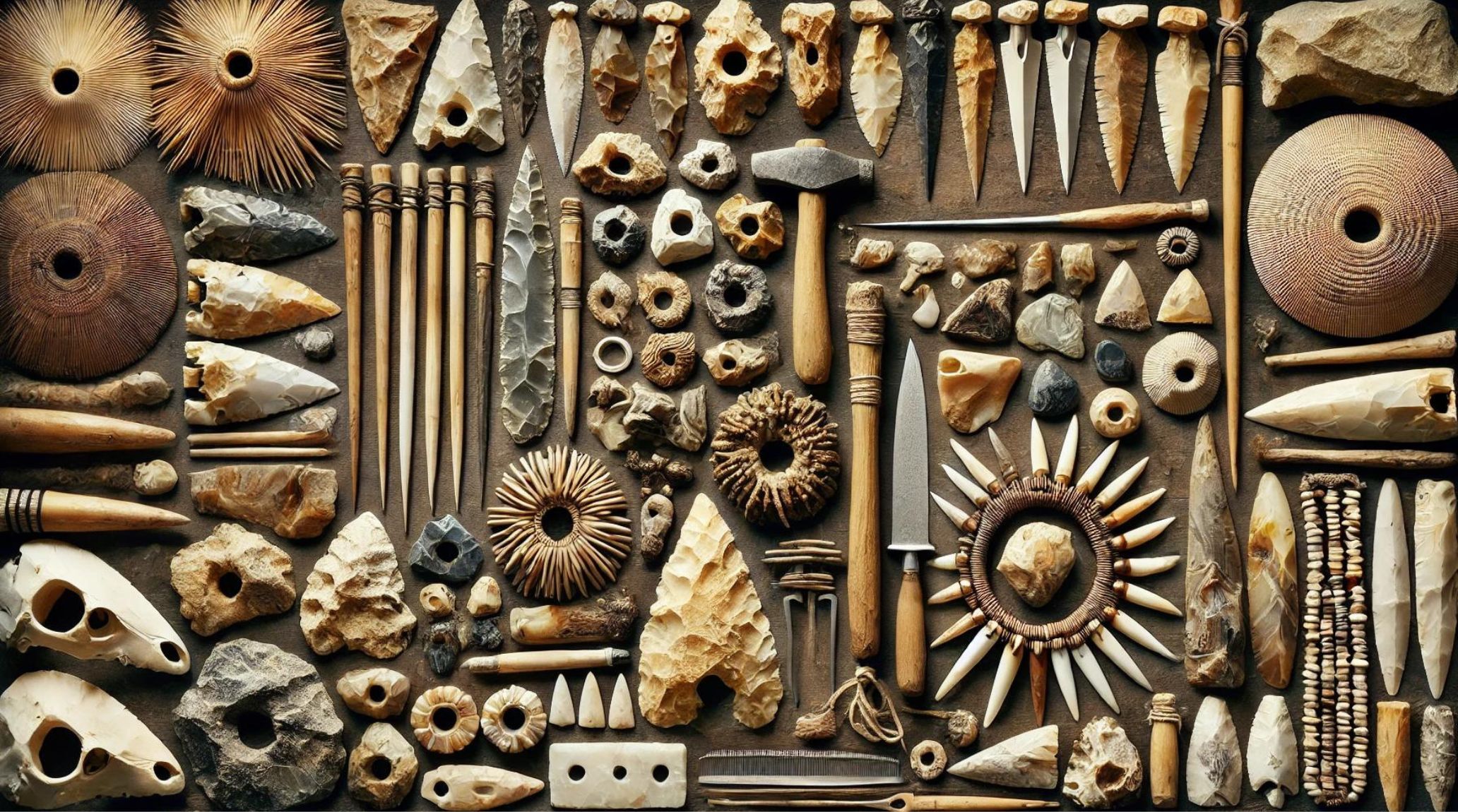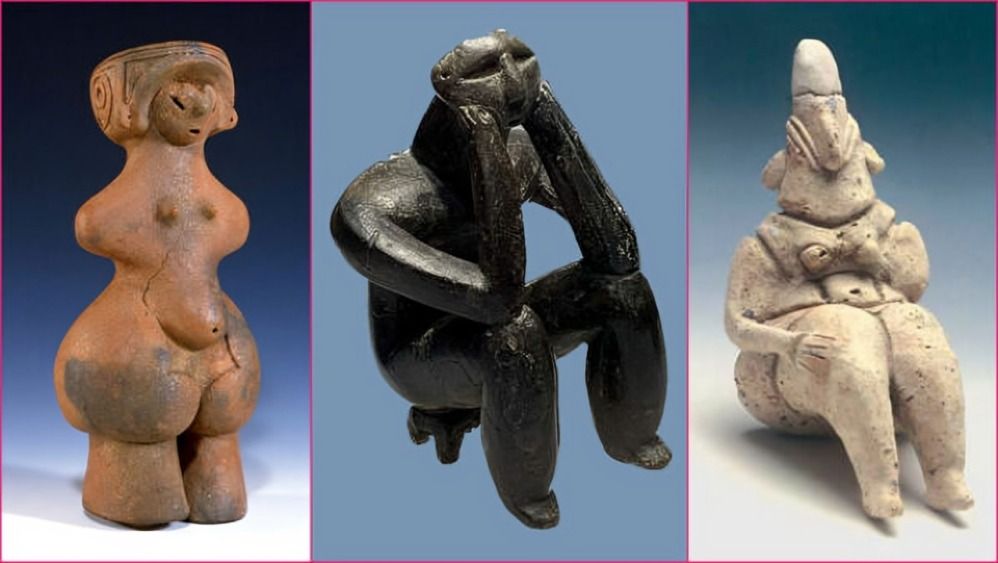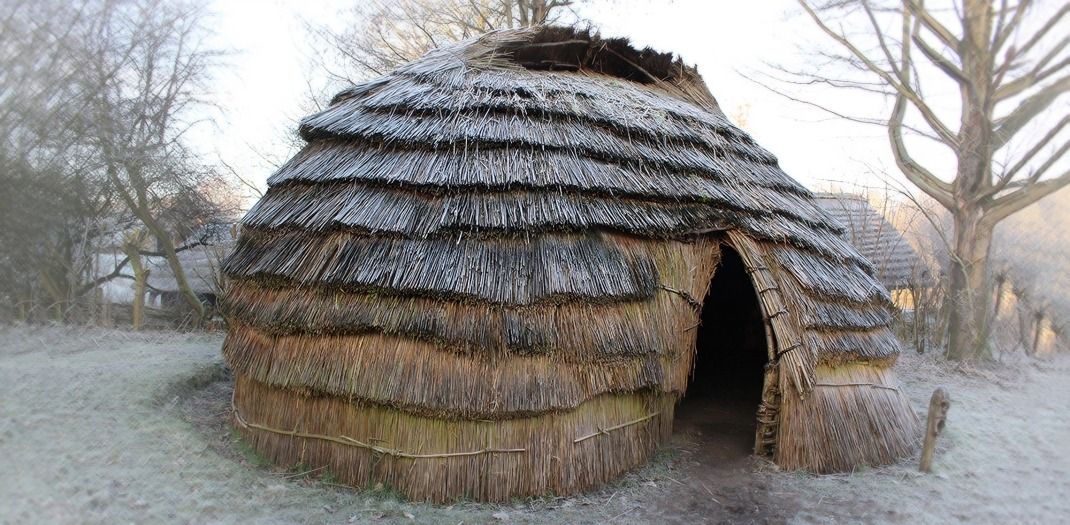
“
The Mesolithic era, a transitional period between the Paleolithic and Neolithic, produced a wide range of artifacts that shed light on the lives and survival strategies of early humans. Discover 20 fascinating facts about these historical treasures and what they tell us about Mesolithic culture.1
”
Mesolithic artifacts often include microliths, small, sharp stone tools used for hunting. These tools were typically made from flint and attached to wooden shafts for use as spears or arrows. 1
Bone and antler tools became common during the Mesolithic period. Artisans crafted harpoons, needles, and fish hooks from these materials, showing advancements in tool-making techniques. 2
Mesolithic people crafted specialized tools for fishing, such as barbed points and fishing spears. These innovations indicate the increasing reliance on aquatic resources during this period. 3
Pottery began to emerge during the late Mesolithic period, with simple, hand-made vessels being used for cooking and storage. These early pottery pieces were typically undecorated and practical in design.4
Mesolithic stone tools were often retouched, meaning they were sharpened and reshaped as they wore down. This shows the adaptability and resourcefulness of Mesolithic toolmakers. 5
Some Mesolithic tools were created for woodworking, like adzes and axes. These tools helped people build structures and craft items from wood, a crucial resource for shelter and daily life. 6
The Mesolithic period saw the development of composite tools, combining different materials like stone, bone, and wood. This innovation increased the efficiency and functionality of tools. 7

Decorative artifacts from the Mesolithic period, such as beads made from shells and bones, suggest a cultural shift toward personal adornment. These artifacts indicate the importance of status and identity in Mesolithic communities.
Mesolithic people used ochre, a natural pigment, for painting and body decoration. Evidence of ochre use has been found in burial sites, suggesting it held symbolic or ritual significance. 8
Flint knapping techniques became more refined in the Mesolithic era. This allowed for the production of smaller, sharper tools that were easier to handle and more effective for hunting small game.9
Mesolithic graves often contained personal artifacts, such as tools or ornaments, buried with the deceased. This points to emerging beliefs about the afterlife and the significance of personal possessions. 10
Fishing gear, including nets made from plant fibers, has been discovered at Mesolithic archaeological sites. These finds indicate that fishing was a vital food source during this period. 11
Mesolithic hunters used slings made from animal hides or plant fibers to hurl stones at game. This simple but effective hunting tool shows the ingenuity of Mesolithic societies in acquiring food. 12

Wooden structures, such as huts and shelters, were built using Mesolithic tools. These temporary dwellings were often located near water sources, where food and resources were abundant.
Animal bones used in Mesolithic artifacts reveal dietary patterns, with a preference for small game, fish, and birds. These remains provide insight into the subsistence strategies of Mesolithic people.13
In some areas, Mesolithic people crafted stone carvings, depicting animals and human figures. These carvings may have served as ritual objects or representations of important events or beliefs. 14
Mesolithic arrowheads, crafted with precision from stone, were often designed with barbs to ensure they stayed lodged in prey. This improved hunting success, especially when targeting small, fast animals. 15
Wooden paddles and canoes from the Mesolithic period suggest that water travel played a significant role in transportation and fishing. These artifacts highlight the importance of rivers and lakes in Mesolithic life. 16
The use of grinding stones for processing plant foods began during the Mesolithic. These tools, used to crush seeds and grains, indicate an early shift toward plant-based diets. 17
Evidence of artistic expression, such as engraved bones and decorated tools, shows that Mesolithic people had a growing interest in aesthetics. These artifacts provide glimpses into their social and cultural lives. 18


